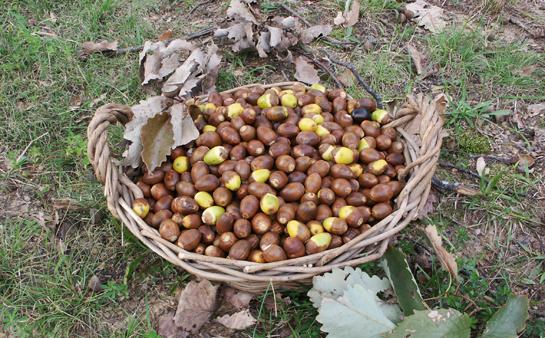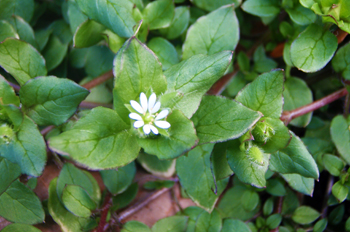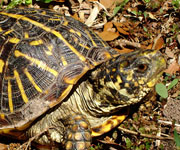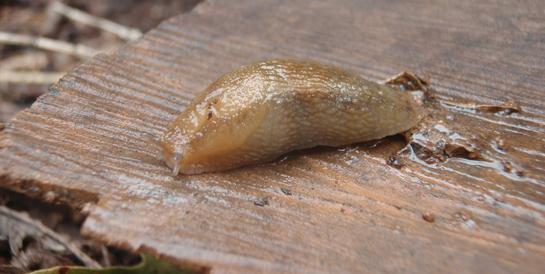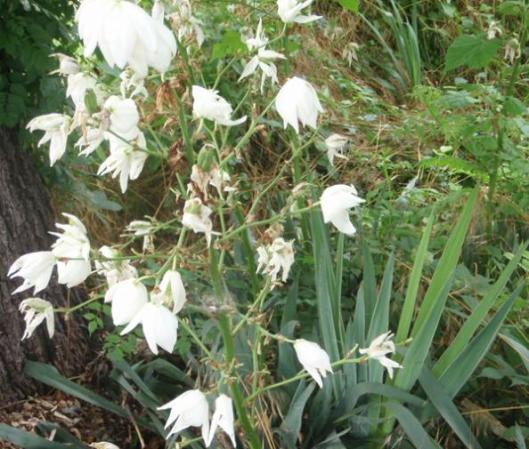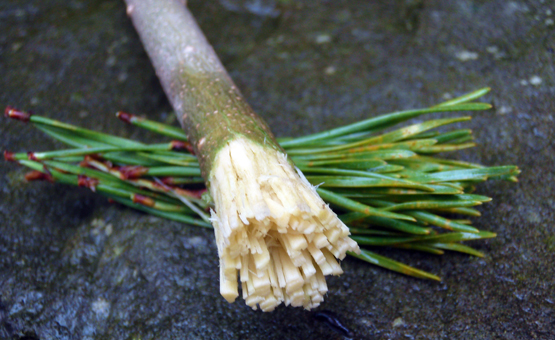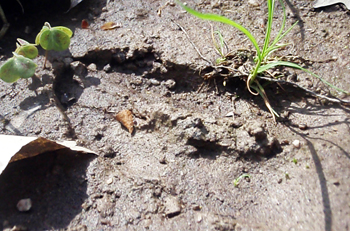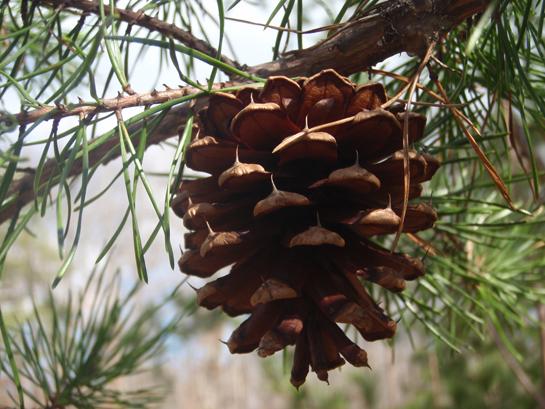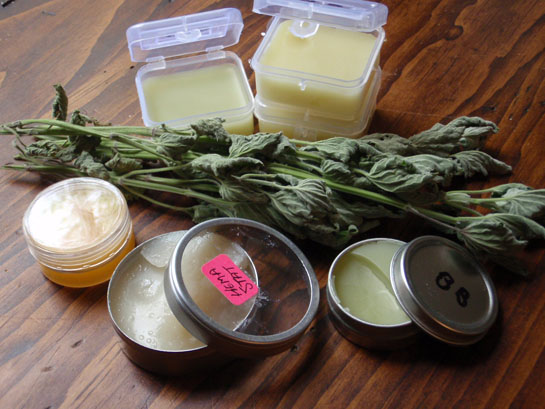Acorns and other tree nuts are the most valuable food we can get from any wild plant. There are many different types of tree nuts that offer a great back-up food supply at home and in the wild. Black walnut, butternut walnut, pecan, hickory, beechnut, hazelnut and even Pine nuts can be eaten after picking the meat from shattered shells
The common and abundant acorn requires only a nut cracker. But these high calorie nuts were a staple crop to many of our ancestors around the Northern Hemisphere. Coming in at 2,000 calories per pound, this abundant food crop is too valuable to ignore. Just make sure you know an acorn from a buckeye, as buckeyes (and the very similar looking horse chestnut) are poisonous for people to eat.
To prepare palatable acorns, crack them out of their shell and break any large pieces into “pea-sized” chunks. Then soak these acorn chunks in water to remove the bitter and irritating tannic acid. Note that some books instruct us to boil acorns, but this locks in some of the bitterness. You’ll have the best results with warm water.
Soak the acorns for a few hours. If the water was safe to drink, taste a piece of acorn to see if it is still bitter. If you don’t like it, dump off the water (which should be brown like tea), add fresh warm water and soak the acorn pieces again for a few hours. Repeat this a time or two, or three depending on the acorn’s bitterness. Once they taste “OK” (read: bland), let them dry out for a few hours. Then you can run them through a grain grinder, flour mill, or the classic mortar and pestle to make acorn flour. Add this flour to existing recipes; or try your hand at making acorn porridge or hard, brown biscuits.
Check out OL’s 333 best survival skills. Get the book >
How do you tell if you picked the right tree nuts?
• Have positive identification with a good book, like Peterson’s Field Guide to Wild Edible Plants.
• Know the poisonous nuts like Buckeye and Horse Chestnut
• Don’t collect near roads, dumps, power lines, train tracks or other contaminated areas.
• Eat only small amounts of plants that are new to you, after you have positively identified it.
• Just try one at a time so you can tell which plant you are allergic to, in case of allergic reaction.
• Don’t try to eat these nuts if you have any tree nut allergies.
• And last but not least – if you are in doubt, DON’T EAT IT!
Ever try to eat acorns without removing the bitterness? Or, use them as a flour or animal feed? Let us know in the comments section!
